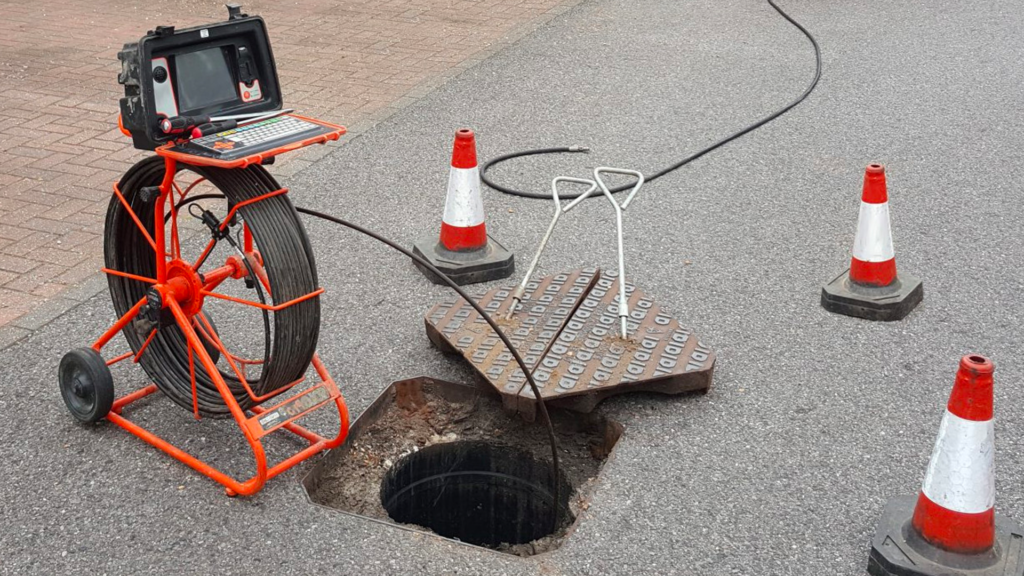The Ultimate Guide To Reclaim Waste
The Ultimate Guide To Reclaim Waste
Blog Article
The Facts About Reclaim Waste Revealed
Table of ContentsThe Best Strategy To Use For Reclaim WasteThe Reclaim Waste PDFsThe Reclaim Waste Diaries8 Easy Facts About Reclaim Waste ExplainedMore About Reclaim Waste
Residential sewage waste refers to the waste and products from a property septic container. The proper management and disposal of domestic sewer waste call for fluid waste to be moved to a sewage treatment plant where the proper approaches and tools are applied to cleanse and dispose of waste.
Industrial waste frequently consists of possible hazards, such as flammable materials or a mixture of liquid and strong waste products, and requires an advanced and thorough disposal process. The disposal of industrial waste normally involves the purification of waste before transport to ensure secure and correct disposal. Industrial waste is developed from by-products and drainage of industrial procedures and production.
This sort of waste can not utilize the same sewage monitoring transportation or procedures as septic or business fluids. The commercial waste management process calls for the inspection and testing of fluid waste prior to it goes through the disposal procedure (liquid waste disposal melbourne). Runoff waste is the fluid waste that originates from overflow and excess stormwater in highly booming locations or cities
Overflow waste can trigger contamination and flooding if not taken care of appropriately. Discover extra concerning drain cleansing and waste administration. Making sure appropriate waste monitoring can stop disasters and lower ecological injury. Both individuals in domestic settings and specialists in commercial or manufacturing markets can take advantage of understanding the procedures and laws of fluid waste administration.
The Main Principles Of Reclaim Waste
Call PROS Solutions today to discover our waste management and disposal solutions and the proper means to care for the fluid waste you produce.
(https://pxhere.com/en/photographer-me/4429814)This supposed 'wastewater' is not only a vital resource however, after treatment, will be launched to our land, waterways or the sea. Used water from commodes, showers, baths, cooking area sinks, laundries and commercial processes is understood as wastewater.

water made use of to cool machinery or tidy plant and devices). Stormwater, a type of wastewater, is drainage that flows from farming and urban locations such as roofing systems, parks, yards, roadways, paths and rain gutters right into stormwater drains pipes, after rain. Stormwater streams neglected straight to regional creeks or rivers, at some point reaching the ocean.
All About Reclaim Waste
In Queensland, many wastewater is treated at sewage treatment plants. Wastewater is carried from domestic or industrial websites with a system of drains and pump stations, understood as sewerage reticulation, to a sewage therapy plant.
The Division of Natural Resources suggests regional governments regarding managing, operating and keeping sewage useful reference systems and therapy plants. In unsewered areas, city governments may require owners to mount private or home sewage therapy systems to treat domestic wastewater from commodes, cooking areas, bathrooms and washings. The Division of Natural Resources authorises the use of household systems when they are proven to be reliable.
The majority of stormwater obtains no treatment. In some new communities, therapy of some stormwater to eliminate litter, sand and crushed rock has started utilizing gross pollutant catches. Wastewater treatment takes place in 4 stages: Gets rid of strong matter. Larger solids, such as plastics and various other things incorrectly discharged to drains, are eliminated when wastewater is gone through displays.
Wastewater after that streams right into large storage tanks where solids settle and are eliminated as sludge. Oil and scum are skimmed from the surface area. Makes use of tiny living microorganisms called micro-organisms to damage down and get rid of staying liquified wastes and fine bits. Micro-organisms and wastes are included in the sludge. Removes nitrogen and phosphorus nutrients that could create algal blooms in our waterways and endanger marine life.
Some Known Questions About Reclaim Waste.
Nutrient elimination is not readily available at all sewer therapy plants since it needs expensive specialised equipment. Clear fluid effluent generated after therapy may still include disease-causing micro-organisms - liquid waste disposal.

This typically suggests wastewater has actually to be dealt with or contaminants eliminated before it can be released to waterways. Many wastewater flows into the sewerage system. Under the Act, local federal governments provide approvals and permits for ecologically relevant tasks (Ages) involving wastewater launches that might have a neighborhood effect. The department carries out approvals and permits to Ages involving wastewater launches that might have a local or statewide effect.
The 2-Minute Rule for Reclaim Waste
Surveillance offers valid info about water top quality and can validate that permit problems are being fulfilled. The information obtained through monitoring offers the basis for making water top quality choices.
Report this page